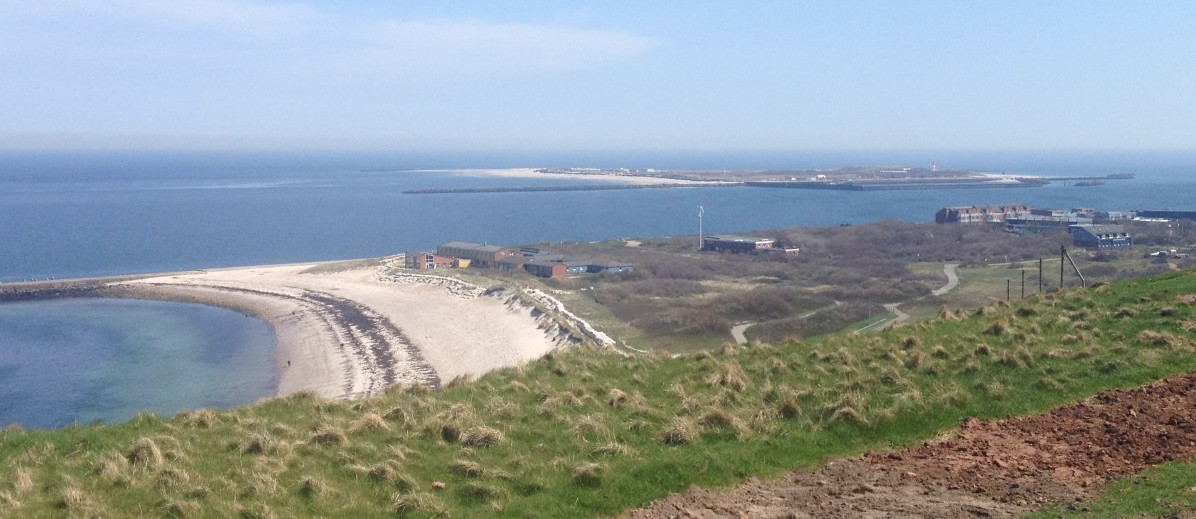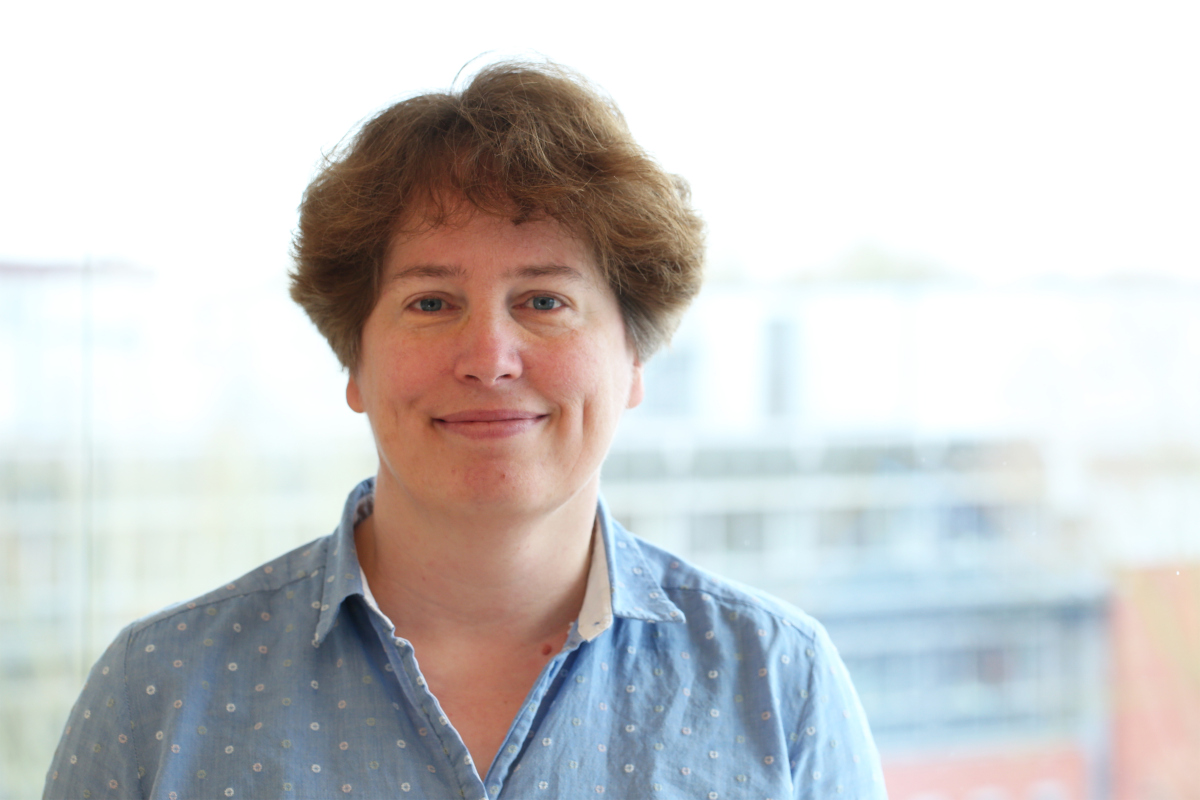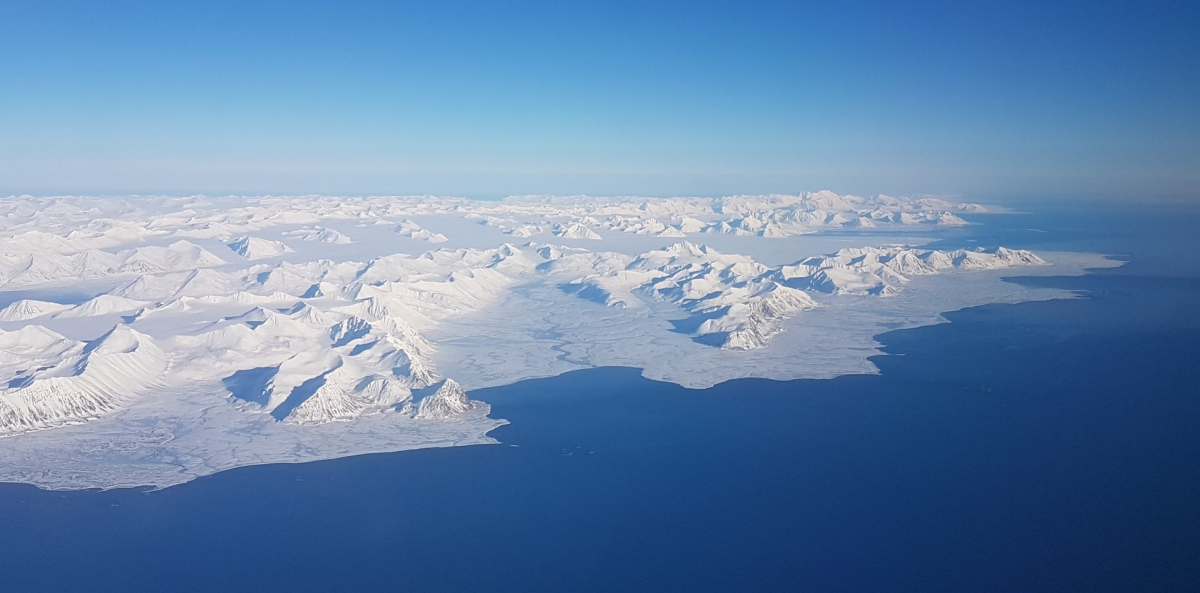- Press Office
- Press releases 2021
- Fully booked at the bottom of the sea: There seems no room for new bacteria on sand grains
Fully booked at the bottom of the sea: There seems no room for new bacteria on sand grains

A relaxing vacation on the beach frees us from many of the worries of everyday life. But the sand not only cleans the head and soul of vacationers – it also cleans the seawater.
Coastal sands are so-called biocatalytic filters. Hundreds of thousands of bacteria live on each grain of sand, and they process, for example, nitrogen and carbon from the seawater that flows through the sands. In this way, the sands act like giant, purifying filters. Much of what the seawater washes into the ground does not come out again.
A study by researchers at the Max Planck Institute for Marine Microbiology in Bremen, Germany, published in the journal ISME Communications, now shows that the bacteria living on the sand are very different from the ones in seawater. And while the bacterial community in the water is constantly changing and adapting with the changing seasons, the sand bacteria are rather indifferent to spring, summer, fall and winter.
Stable in number and type
The team led by Katrin Knittel and Sebastian Miksch from the Max Planck Institute in Bremen studied the sand bacteria in the North Sea off Helgoland and in the Arctic near Spitsbergen, where there is no primary production at all during the polar night. “Both the number and the type of bacteria were surprisingly stable,” reports Miksch, who conducted the study as part of his doctoral thesis. “Actinobacteria of the orders Actinomarinales and Microtrichales were particularly numerous and also particularly active. They probably play a prominent role in the turnover of organic material in these coastal areas.” While the respective proportions of these two groups differ significantly between the studied sites in Helgoland and Svalbard, in themselves they hardly change.
All booked on the sand grain
“We were very surprised to see such a different pattern in the seafloor than in the water where microbial communities show a pronounced seasonality,” Katrin Knittel explains. The spots on the sand grains that are well-protected from friction and predators are densely populated with bacteria while exposed spots show a low population density. The researchers therefore suspect that there is simply no habitable space for new, different inhabitants. “All the apartments are already occupied, so to speak. New tenants who could change the community simply can't find a sheltered place – or at least not in large numbers,” Knittel adds.
But do bacteria really not care about the season as well as polar night and day? “We now want to go a step further, and look inside the bacteria. The bacteria remain the same, but over the seasons, perhaps the activity of different enzymes changes because different food arrives at the bottom.”
Original publication
Sebastian Miksch, Mirja Meiners, Anke Meyerdierks, David Probandt, Gunter Wegener, Jürgen Titschack, Maria A. Jensen, Andreas Ellrott, Rudolf Amann and Katrin Knittel (2021): Bacterial communities in temperate and polar coastal sands are seasonally stable. ISME Communications (published online 28. 06.2021).
In October 2021, we received a donation of 10,000 euros from the Andreas Rühl Foundation. The donation supports us in continuing the research described here.
We are very happy about this generous support!
Participating institutions
Max Planck Institute for Marine Microbiology, Bremen, Germany
MARUM, Center for Marine Environmental Sciences, University of Bremen, Bremen, Germany
Senckenberg by the Sea, Wilhelmshaven, Germany
UNIS, The University Centre in Svalbard, Longyearbyen, Norway
Please direct your queries to:
Project leader
Department of Molecular Ecology
MPI for Marine Microbiology
Celsiusstr. 1
D-28359 Bremen
Germany
|
Room: |
2222 |
|
Phone: |

Head of Press & Communications
MPI for Marine Microbiology
Celsiusstr. 1
D-28359 Bremen
Germany
|
Room: |
1345 |
|
Phone: |

